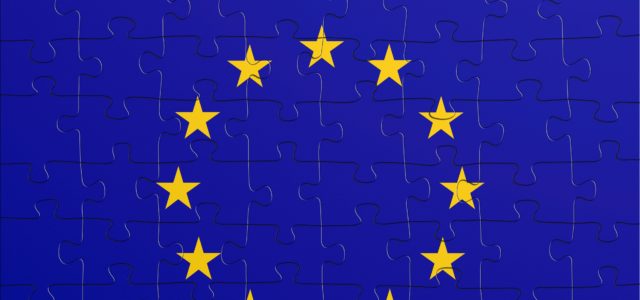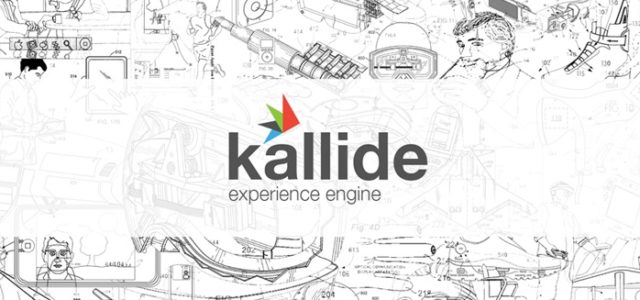It’s an exciting time. The world is changing, companies are changing, the concept of work itself is changing; The Gig Economy, the uberization of work, the portfolio career. All terms that have come into play in the last 18 months.
Whether we see the above as exciting or scary, it’s changing and we are all going to have to evolve, especially when we throw in some other complicating factors such as AI and robotics to really confuse the situation.
There is a lot of focus on organisations, but not as much focus or commentary on the supply chain that an organisation is in. Now before I go any further there are several definitions with slight variances depending on the sector, but I am defining a supply chain as a complex and dynamic supply and demand network.
Going one step further I am defining a supply chain as a system of organizations, people, activities, information, and resources involved in moving a product or service from supplier to customer.
So if organisations are changing, then the supply chain is changing. But what if we re-define the supply chain and stop thinking of it as a ‘chain’ and more like an ‘ecosystem’?
Supply Chains are notorious for a race to the bottom in pricing. Clients want to have more and to pay less. With competition in sectors increasing year on year, the supply and demand model doesn’t have the ups and downs like it used too. The volatility that averages out of a company’s lifecycle has changed and often you bill less and work harder.
The Construction sector has seen this, the Advertising sector has seen this, the Legal sector is going through this and even the Professional Services sector is feeling the pinch. This is why the opening paragraph exists… companies are engaging the contingent labour market, reducing overheads to claw back margins in this changing landscape.
So with organisations changing their business models the opportunity to look at supply chains as ecosystems is now. Clients, suppliers, alumni, contingent workers, perm workers should all sit within a framework. The ability to share resources, partner skills from different companies suppliers to spin up project teams to answer briefs should all be possible.
WPP is a global agency network with 100s of agencies. BlueHive (now Global Team Blue) is a great example of this. Three agencies that came together to service a client creating a truly integrated supply chain / ecosystem. The next evolution of this is to allow the whole of WPP to effectively be one. Always allow the right person, to work on the right project, at the right time regardless of their department / company (as long as they are within the legal framework for that particular supply chain / ecosystem – now legal frameworks are another topic in themselves).
Our belief at ProFinda is that we are nearing Supply 2.0, this inter-changeable marketplace that allows better collaboration, cross-fertilization of services and talent where company boundaries are broken down and a shared talent pool model is engaged.
2016 taught us that a lot can happen in a year; let’s see if 2017 is the year for the supply chain upgrade to an ecosystem.
[Image courtesy of sfmagazine.com]
Article by channel:
Everything you need to know about Digital Transformation
The best articles, news and events direct to your inbox
Read more articles tagged: Featured, Organisational Design






